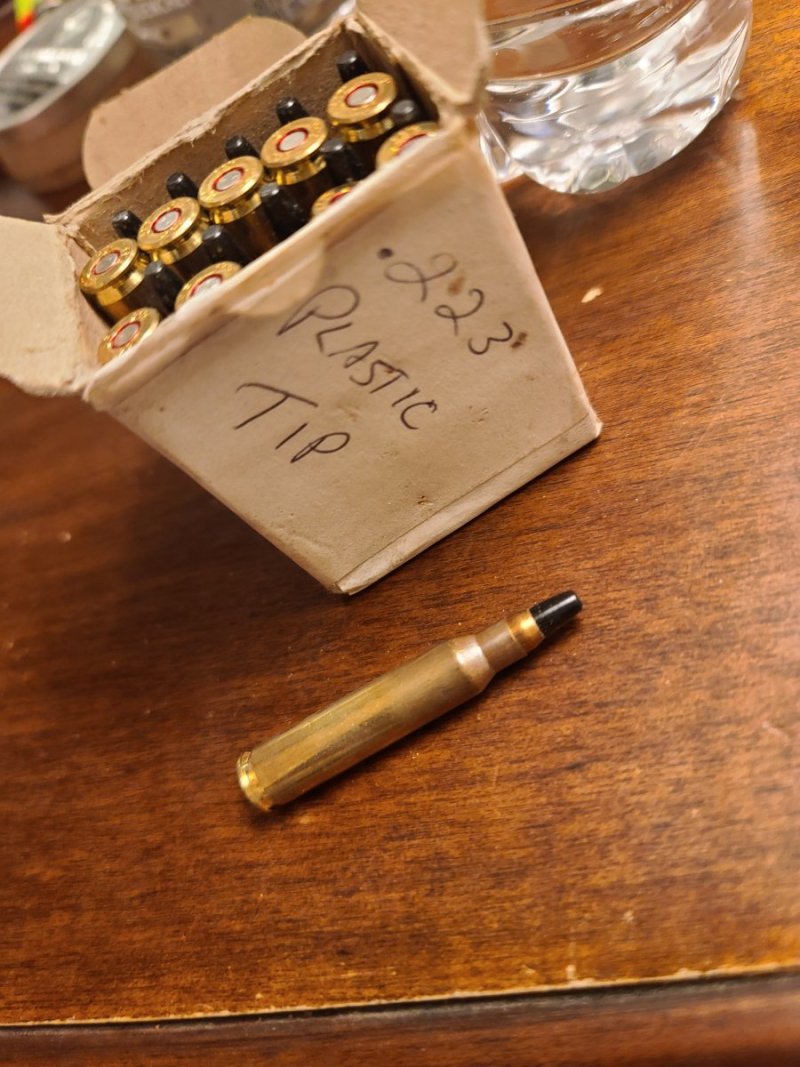You said "You can fire the ammo from two weapons that are the exact same model and manufacture of rifle or handgun and get different results. "I didn't say wildly different, but yes, different. You can even get different results from the same brand and type of ammo from the same rifle if the ammo manufacturing lots are different. The difference may not mean much to most shooters, but if you are looking for maximum accuracy, especially at long range, those differences are important.
You said Different not similar






